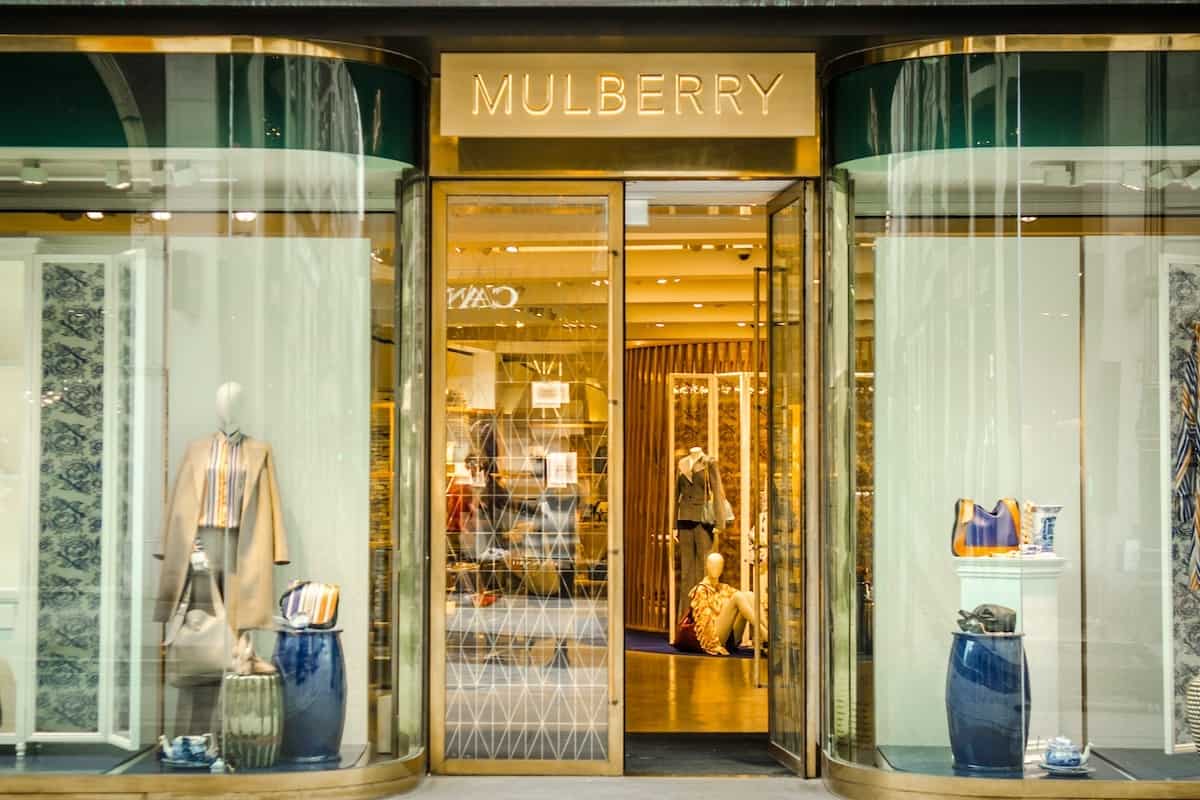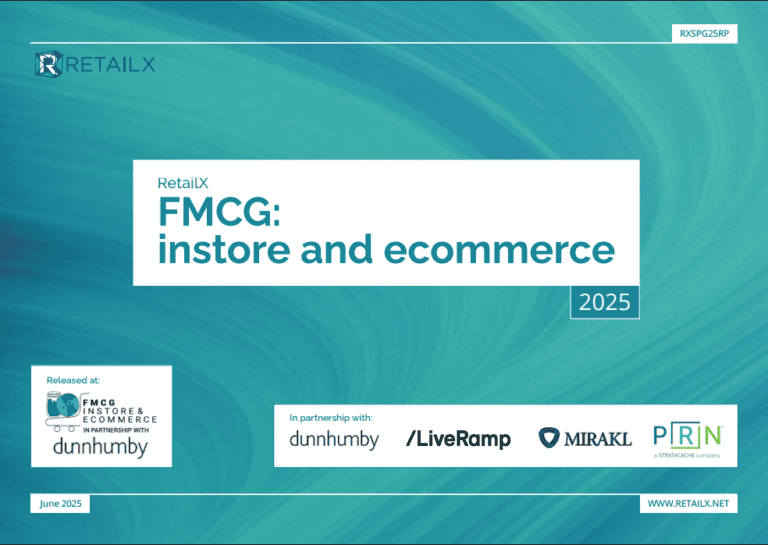Emma Robertson, Managing Director, Transform
Love it or loathe it the term ‘omni-channel’ seems to be here to stay. John Lewis is the company perhaps most strongly associated with this new revolution with a strategy that embraces a wide range of digital touch points – email, web, social, mobile, in-store displays, kiosks and iTV – and seems to be paying off.
The company recently reported its best ever week with total sales up 15% YOY and record online sales up 46% YOY; well on the way to hitting its £1bn online target by February 2013.
John Lewis’s omni-channel buzz has emerged around the opening of a new store format in Exeter – the flexible format store – but the strategy that sits behind it is more wide reaching and embedded in the way John Lewis, and the extended partnership, now views its business.
The strength of the John Lewis approach has been in developing and adapting store formats to respond to the multichannel customer whilst keeping a commercial eye on the strategic investment in bricks and mortar. John Lewis can now be seen as having 3 separate store formats – traditional department store, home store and the new flexible format store – each catering to a different style of customer engagement, different uses of technology and very different cost profiles.
In contrast to the 132,000 sq feet of the traditional John Lewis store format, the new home and flexible format stores have a reduced footprint. Home stores are approximately 40,000 square feet and the flexible format stores, between 65,000-100,000 sq feet enabling access to the full range through the use of internet enabled terminals and trained branch staff. The new format stores experiment with technology using digital advertising displays, digital store guides and interactive buying support.
Despite the recent strategic developments there are still gaps in its omni-channel portfolio. Alongside the in-store experience, the website is unquestionably a strength, with the site being recognised for several industry awards this year and frequently referenced as an example of good user experience design. The mobile experience on the other hand, despite being comprehensive, is less well adopted, and still lacks an iPad app – although the m-web experience does optimise. The click & collect proposition is encumbered by the number of John Lewis Partnership locations; even with the addition of the 94 Waitrose stores acting as collection points, the coverage is thin and John Lewis has declared that it is looking for a partner in 2013 to expand the convenience offering.
Alongside the channel development plans, John Lewis has grabbed the retail headlines through a number of innovations and experiments, from the launch of virtual changing-rooms with “style me” mirrors, through to the opening of a pop-up store in Exeter prior to the launch of the new flexible format store. Given this level of innovation and beta testing, there may well be a fourth store format in the portfolio before too long.
However, let us not forget that against this backdrop of digital and experiential development, at the heart of successful retail there are some fundamental components that John Lewis continues to get right including product range, price promise and customer service. From a range perspective, it’s arguable that John Lewis has captured a national zeitgeist, with the trends for nostalgia, best of British and home comforts all lending themselves well to the John Lewis proposition.
Also, in terms of pricing, ‘Never Knowingly Undersold’ (NKUS) continues to underpin the consumer offer, and allows John Lewis to occupy the zenith of representing both premium and value. The commitment to ‘NKUS’ does not come without cost, with the extended commitment to online leading to a profit hit in 2011, and leaving John Lewis at the mercy of competitors to define when promotions are run and how deep they cut.
As John Lewis strives to embrace omni-channel retail, anecdotally there have been some teething troubles in the transition from multichannel with regards to customer experience, and for John Lewis, customer service is the backbone of its proposition. Its reputation for customer service excellence is underpinned by both the branch staff as well as the in-store care experience, and in the omni-channel world, customer facing staff will be the glue that hold the channels together for the customer. This will be paramount to John Lewis if it is to retain its place in the heart of the British consumer.
Collection in-store: Yes
Mobile web: Yes
Mobile App: Yes
iPad App: No
In-store tech: Yes








